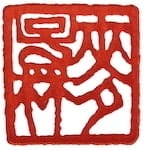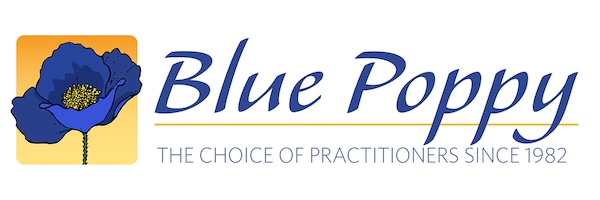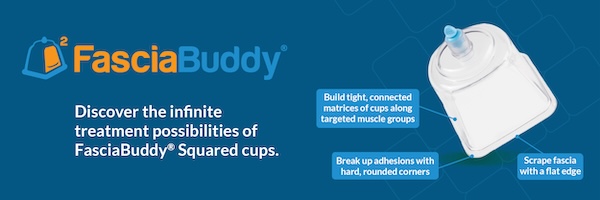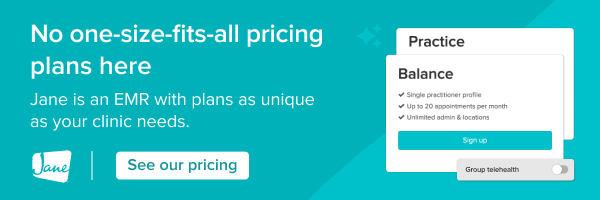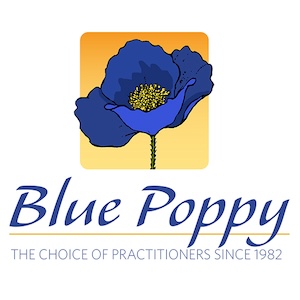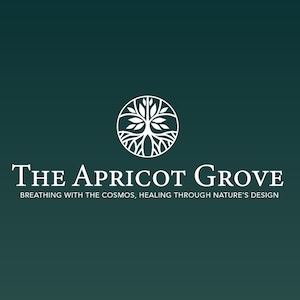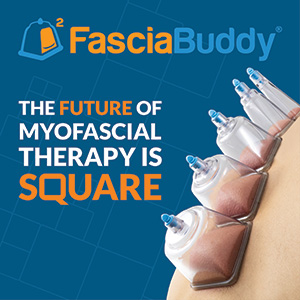Our job as clinicians is to help our patients. And to help them we must first understand them. Which is easier said than done, especially as we all have different ways of being in the world, our perception has a lot to do with which senses we like to rely upon and the way we frame the world in turn frames our treatments.
In this conversation with Paul Movsessian we touch on the sensate world of Japanese acupuncture, noodle on the innovative and imaginative work of Dr Manaka and explore how the softest of touches with a needle can bring about significant shifts in a patient’s physiology.
Listen into this discussion of palpation, five phase energetics, and the significant role of sensing in Japanese acupuncture.
In This Conversation We Discuss:
- Practice and where it comes alive
- Thinking and experiencing in terms of yin and yang
- Using open points from the clock and calendar
- Importance of constitutional patterning
- Constitution is our strength and our weakness
- A walk through the yin organ patterns of the five phases
- Understanding luster
- And often overlooked area for diagnostics is the neck
- Using the abdomen or palm to determine a simple clock based root treatment
- About Dr Manaka’s octahedral model , embryology and the eight extraordinary vessels
- The odd symptom presentations of the cross-syndrome pattern
- Ion cord treatments
- The extraordinary vessels are very sensitive to to polarity
- Thoughts on the divergent channels
- Advice for getting started with a practice
One of my teachers, Yanagishita sensei, once said, “It would be wonderful if patients would cooperate with theory, however they don’t.” So be aware each day, each visit of the same or a new patient is always a new experience.
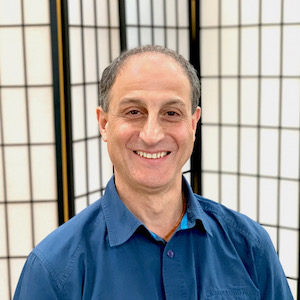 Paul Movsessian is a practitioner of Traditional East Asian Medicine, having been trained by some of the greatest teachers of Japan, and being in practice for 35 years. He lectures extensively and takes great joy in sharing the clinical pearls he has been given and has collected over the years. In 2002 he established the Australasian Branch of the Toyohari Association for Australia and New Zealand with the collaboration of Dr. Ted Pearson and Michael Hook.
Paul Movsessian is a practitioner of Traditional East Asian Medicine, having been trained by some of the greatest teachers of Japan, and being in practice for 35 years. He lectures extensively and takes great joy in sharing the clinical pearls he has been given and has collected over the years. In 2002 he established the Australasian Branch of the Toyohari Association for Australia and New Zealand with the collaboration of Dr. Ted Pearson and Michael Hook.
He was the President for many years and then Academic Dean, Registered Academic Practitioner and a qualified teacher with the Toyo Hari Association of Japan until retiring from the Association to pursue the establishment of broader programs.
Currently, Paul is running a successful clinic in the Blue Mountains in Australia and lecturing extensively to practitioners sharing many new treatment strategies and skills to integrate within their practice and produce powerful clinical results.
